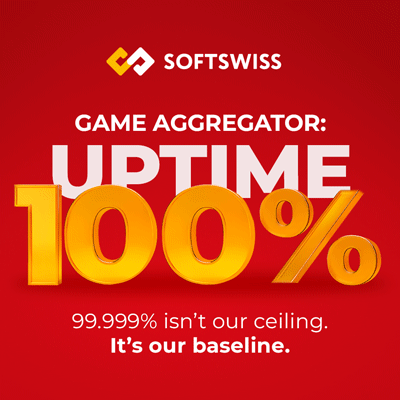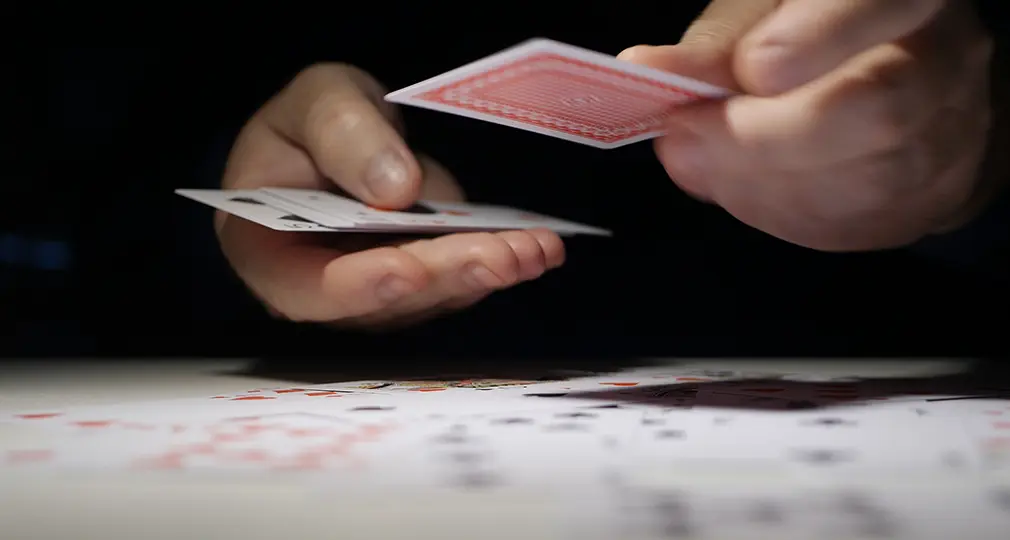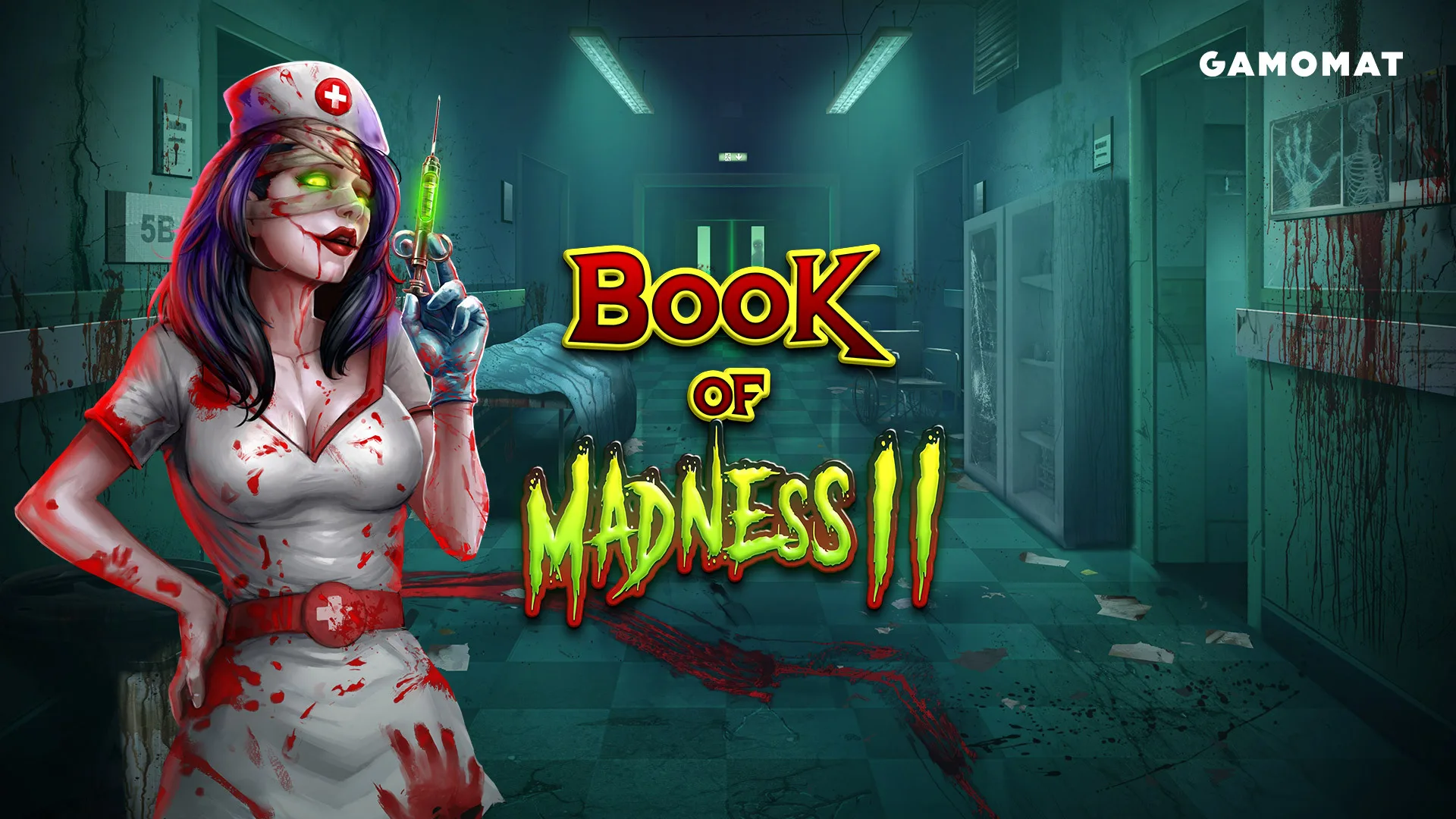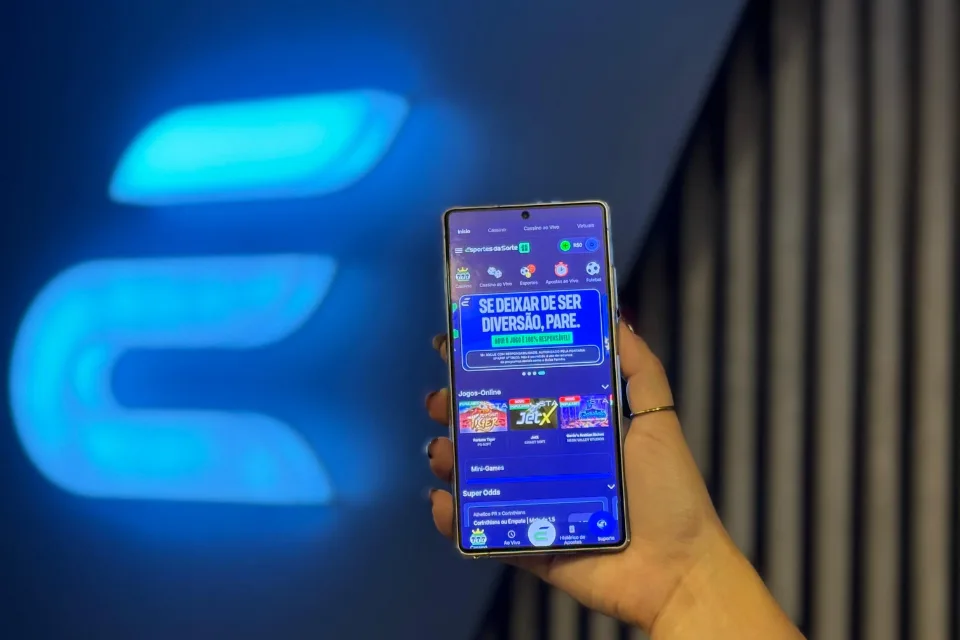Casino owners who focus on card counters in blackjack might be directing their attention to the wrong type of advantage players.
Instead, they should be more concerned about lucky gamblers who play poorly but still manage to win big.
These players could be part of teams using advanced advantage play techniques, which are far more profitable than card counting and significantly harder to detect.
In advantage play, the mathematical edge shifts from the casino to the player.
Card counting, like most methods of advantage play, is legal. However, casinos actively work to minimize these strategies to protect their profits.
In standard blackjack, a skilled card counter with a maximum bet of $100 can expect to make around $22 per hour. In contrast, advanced advantage play techniques can bring in anywhere from $200 to $2,000 per hour with the same betting limit.
The Team Approach in Advantage Play
Advantage play often involves teamwork. One player, known as the “spotter,” makes minimal bets and gathers information, while another player, typically seated in the middle of the table, places large bets—this player is referred to as the “big player” or “leader.”
HOLE-CARDING
Players using this method watch for dealers who accidentally reveal the value of their hole card. They then use prearranged signals to inform the big player, who adjusts their strategy accordingly.
For example, if the dealer’s upcard is a ten but the spotter sees that the hole card is a four, the dealer’s total is 14. If the big player has a hand totaling 12, they would stand rather than hit.
In some cases, an entire team of advantage players will take every seat at the table, making it nearly impossible for the dealer to keep their hole card hidden. These players might also adjust their betting patterns to limit the dealer’s options.
Interestingly, dealers with long fingernails are more likely to expose their hole cards, which is something experienced advantage players look for.
This technique is not limited to blackjack and can be used in other casino games as well.
EDGE SORTING
Professional poker player Phil Ivey admitted to using this technique to win $12 million in baccarat at a UK casino, a case that led to multiple lawsuits.
Edge sorting relies on identifying imperfections or irregularities on the back of playing cards. For example, a circular design on one side of the card might be complete, while on the other side, only half of the circle is visible.
By aligning the cards so that high-value cards have one pattern and low-value cards have another, advantage players can determine which card will appear next. This knowledge provides them with a 21% edge over the casino.
In blackjack, edge sorting is most effective in double-deck games. The second most common game where this method is used is three-card poker.
ACE SEQUENCING
Ace sequencing is one of several techniques used to track card placement after shuffling. To execute this method, a player memorizes the suit and value of two or three cards that are discarded into the shoe immediately after an ace.
Since manually shuffled decks often preserve the relative positions of certain cards, those key cards are likely to remain near the ace. When a player sees those key cards being dealt again, they can anticipate that an ace is coming soon and adjust their betting strategy accordingly.
The Casino’s Challenge in Detecting Advantage Players
There have been recommendations to introduce different shuffling methods and other countermeasures to disrupt advantage players. However, detecting these players is incredibly difficult, as many of them deliberately play poorly to blend in.
Some advantage players place chaotic bets and make reckless plays. Over time, some even become genuinely bad blackjack players, making it nearly impossible to distinguish them from typical losing gamblers.
Read more: Best Free Slots














